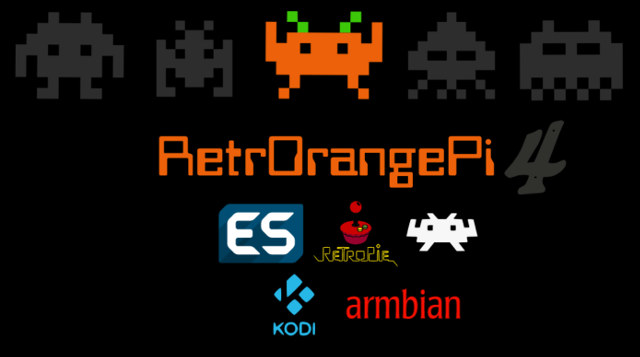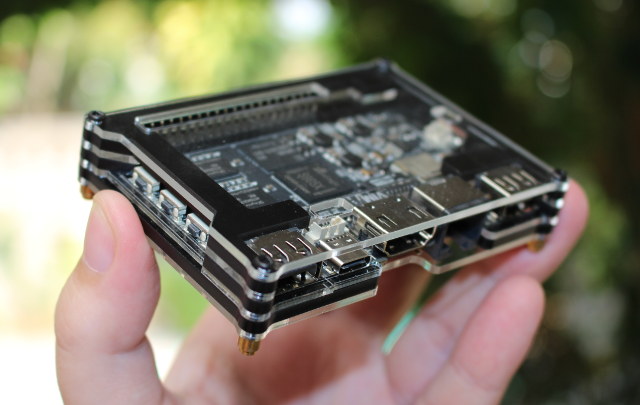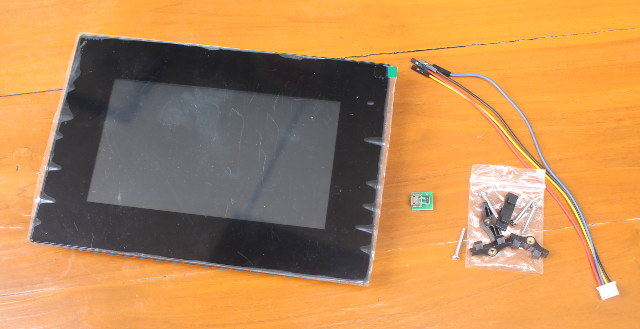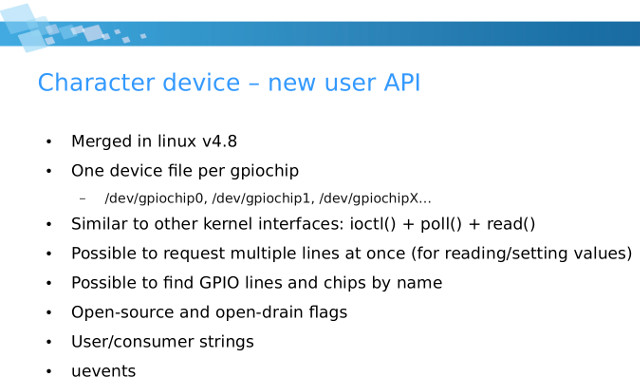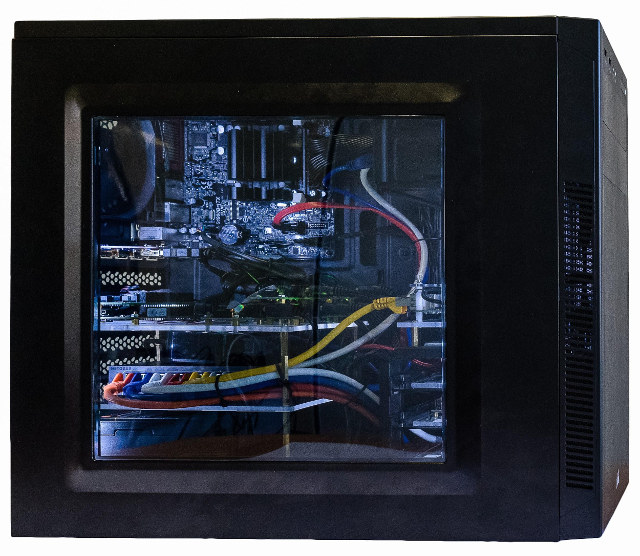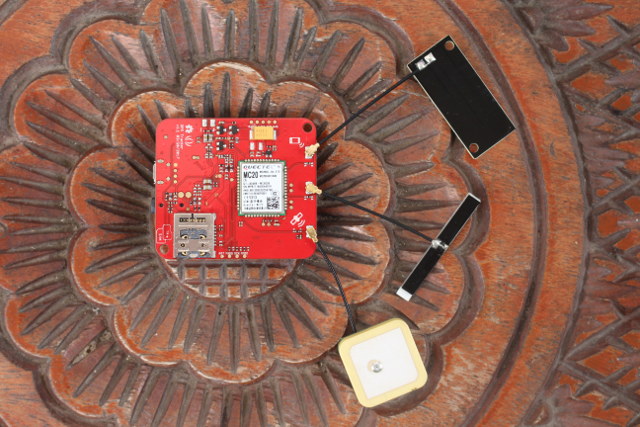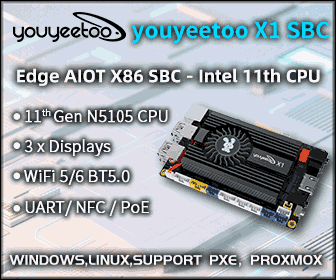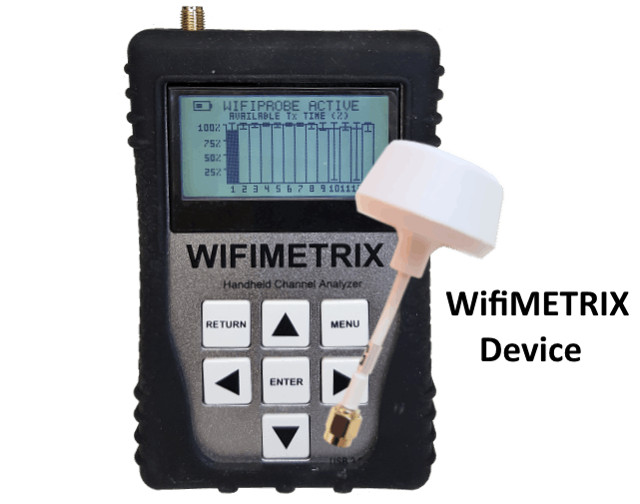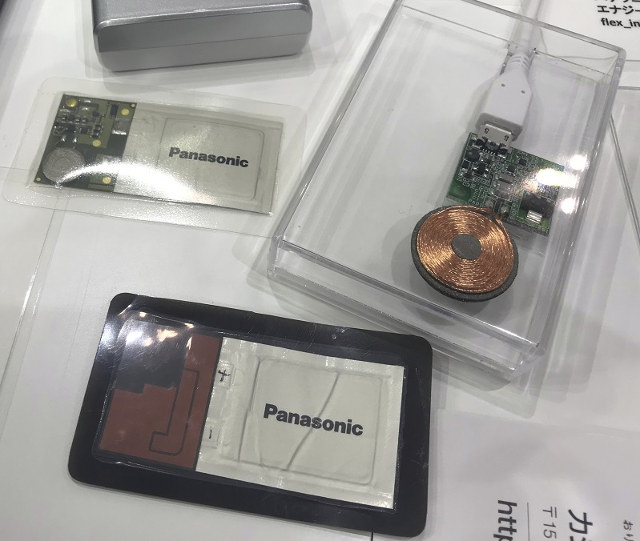RetrOrangePi is a retro gaming & media center firmware based on Armbian Debian image and working on Allwinner H3/H2+ based Orange Pi boards, Banana Pi M2+, and NanoPi M1, as well as Beelink X2 TV Box. Right at the end of last year, I reviewed RetrOrangePi 3.0 on Orange Pi One board to which I connected Mars G01 gamepad, and I could play some games like Wolfenstein 3D and Quake, and watch videos on OpenELEC/Kodi 16. The firmware also comes with various emulators, but you’d have to load the ROMs yourself due to intellectual property / license issues. The developers have now released RetrOrangePi 4.0. RetrOrangePi 4.0 changelog: Latest Armbian v5.32 (Debian Jessie kernel 3.4.113) RetroPie-Setup v4.3.3 (unofficial fork, upgradeable) New RetrOrangePi repository for easy updates and fixes EmulationStation v2.6.5 with video and game collection support, Desktop/OpenELEC shorcuts from main menu New ROPi “Attract-Mode”-like theme (based on Cosmos theme) Retroarch […]
Giveaway Week – Khadas Vim Pro Development Board
For the final day of this giveaway week, I’ll send Khadas Vim Pro development board to a new home. The board is powered by an Amlogic S905X processor coupled with 2GB RAM and 16GB storage, features 10/100M Ethernet and 802.11ac WiFi, and support 4K video playback and output via its HDMI 2.0a port. The board supports various operating systems such as Android, LibreELEC, dual boot Android/Ubuntu, etc.. and I wrote a Ubuntu review / getting started guide for the board in February. At the time, the image was still “raw” with many steps to perform by the users, and part of the documentation needing to be worked on. But the company (Szwesion) and members of the community are usually active in resolving user issues on the forums. I’ll give away the kit I’ve received with the board in an acrylic case, a USB to USB type C cable for power, […]
Giveaway Week – Nextion Enhanced 7″ Capacitive Display
My Nextion Enhanced NX8048K070 display will soon find a new home. The 7″ display comes with a capacitive touchscreen, an enclosure, and can work in standalone mode thanks to a built-in processor and a 8-pin FPC connector for I/Os, or connected to a micro-controller through a UART interface. I did a mini review of the display, mostly showing a teardown, and how to use Nextion Display Editor Windows-only tool to design your own user interface. The GPIOs are not really convenient to use with the required flat cable, and the company did not send me their $5 IO board, which would have made things easier. Learning curve may be a little sharper than needed as I’ve not found the Windows software to be very user-friendly, and documentation could be improved too. I’ll give the display with enclosure, micro USB power board, and UART cable as shown on the first photo. […]
Learn More About Linux’s New GPIO User Space Subsystem & Libgpiod
Sysfs was used to control GPIOs on Linux system with the GPIOs defined in /sys/class/gpio, but starting with Linux 4.8, a new GPIO interface for user space was introduced, with gpiochip becoming char devices foudn in /dev/gpiochip0, dev/gpiochip1, etc.. , and sysfs allegedly become deprecated. But a quick check in NanoPi Duo with Linux 4.11 shows both GPIO user space interfaces appear to be enabled:
|
1 2 3 4 |
ls /sys/class/gpio/ export gpiochip0 gpiochip352 unexport ls /dev/gpiochip gpiochip0 gpiochip1 |
Nevertheless overtime, sysfs will die out, and the new subsystem will likely be used by all systems, so it might be useful to learn more about it. One way to do that is to watch Bartosz Golaszewski’s ELCE 2017 talk entitled “New GPIO Interface for User Space” with the video embedded below. But I first I’ll summarize some of the key points. Now GPIO handling from user space becomes similar to other char driver with ioctl, poll and read functions, and beside assigning numbers […]
Lab in a Box Concept Embeds x86 Server and 6 ARM Boards into a PC Case for Automated Software Testing
The Linux kernel now has about 20 millions line of code, Arm has hundreds of licensees making thousands of processors and micro-controllers, which end up in maybe hundreds of thousands of different designs, many of which are not using Linux, but for those that do, Linux must be tested to make sure it works. The same stands true for any large software used on multiple hardware platforms. Manual testing is one way to do it, but it’s time consuming and expensive, so there are software and hardware continuous integration solutions to automate testing such as Linaro LAVA (Linaro Automated Validation Architecture), KernelCI automated Linux kernel testing, and Automotive Grade Linux CIAT that automatically test incoming patch series. Both CIAT and KernelCI focus on Linux, and rely on LAVA, with KernelCI leveraging hardware contributed by the community, and proven to be effective as since it’s been implemented, failed build configs dropped […]
Giveaway Week – Wio GPS Tracker Board
It’s Friday, and the fifth day of giveaway week on CNX Software. Today, I’ll be giving away Wio Tracker, an Arduino compatible board based on Microchip / Atmel SAMD21 ARM Cortex M0 MCU with GPS, Bluetooth, 2G GSM/GPRS connectivity. My review of the board was rather negative, as I only managed to make Bluetooth 3.0 work while following the documentation as it was back in May. Since then the documentation seems to have improved, and other people have been more successful than me, and made the blink LED, and GPS samples to work. This version of the board only support 2G, so make sure it is still supported in your region/country. To enter the draw simply leave a comment below. Other rules are as follows: Only one entry per contest. I will filter out entries with the same IP and/or email address. Contests are open for 48 hours starting at […]
WifiMETRIX Wi-Fi Networks Analyzer Supports Packet Injection, Throughput Analysis
Nuts about Nets (that’s the company name…) WifiMETRIX is a dual band WiFi diagnostic tool used to analyze, monitor and troubleshoot Wi-Fi networks. The handheld device implements two main features: AirHORN RF signal / channel generator that transmits RF signals for each of the Wi-Fi channels, and aids in testing Wi-Fi antennas, RF shields and wireless networks. WiFiPROBE for per channel’s throughput analysis The device operates in standalone mode and does not need to associate with the access point to perform the functions. WifiMETRIX technical specifications: Dual-band 802.11 Wi-Fi chip Antennas / connectors Dual-band antenna for 2.4 and 5.x GHz ISM bands Standard 50 ohm SMA antenna connector 50 ohm SMA terminator to protect antenna connection SMA terminator (dummy load) also used for calibrating the device Functions AirHORN channel / signal generator functionality (packet injection) WifiPROBE channel analyzer functionality Display – 128×64 built-in LCD screen USB – 1x micro USB […]
Panasonic Showcases Flexible Batteries with Wireless Charging System
Flexible batteries such as PowerStream lithium polymer batteries can be integrated into new application such as smartcards, and could help wearables have longer battery life by adding batteries into clothes, wristbands or chestbands for example. You’d still need to charge them however, and in some cases adding a USB port (micro USB or type C) may negate the benefit of having a thin flexible battery, but Panasonic has a solution as the company added wireless charging capability to their flexible batteries. The solutions showcased at Ceatec Japan 2017 on October 3-6, 2017 were flexible lithium-ion rechargeable batteries with 0.45mm thickness, and 18, 42 and 65mAh capacity. Battery voltage is 3.8V, charging voltage 4.35V, and the batteries can be bend up to a radius of 25 mm, and twisted by up 25°. Such batteries are meant to be attached to human body and clothes for medical and health management applications, or […]


